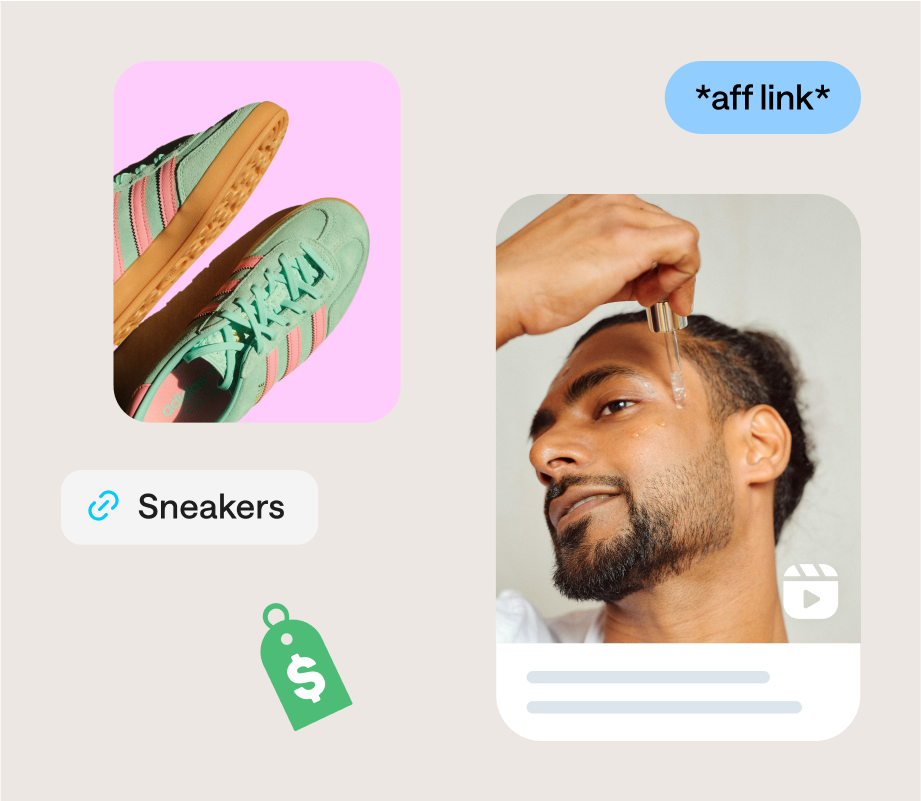Buying and selling directly through social media, known as social commerce, has grown from a trend into a powerful sales channel that’s revolutionizing e-commerce.
Social commerce’s value grew to approximately $727.63 billion in 2022, and analysts at Grand View Research project it will continue expanding at a huge pace, potentially exceeding $3 trillion by 2030.
If your brand wants to maximize growth in 2025, embracing social commerce should be on your to-do list.
This guide breaks down everything you need to know, from platform selection and influencer partnerships to setting up a social commerce strategy.
Table of Contents
Join over 1 million marketers to get social news, trends, and tips right to your inbox!
Email AddressKey Takeaways for Brands
Now you know why it matters, here are some strategies to help your brand make the most of social commerce and connect meaningfully with your audience:
Performance Metrics Matter
As creators and brands increasingly shift their focus toward measurable outcomes, metrics like click-through rates and sales have become essential in evaluating social commerce success.
Unlike traditional engagement metrics (such as likes or shares), income-driven metrics directly reflect consumer interest and purchasing intent, helping brands understand what types of content truly drive revenue.
By tracking and prioritizing these metrics, brands can adjust their social commerce strategies to align with consumer behavior, helping to boost conversions.
Embrace Instagram
Instagram remains a powerhouse in social commerce, especially for affiliate-driven sales.
With features like Stories and Reels, which offer dynamic, short-form content, Instagram allows brands to reach consumers in a natural, engaging way that integrates seamlessly into users’ daily browsing.
Research shows that Stories and Reels not only drive high engagement but also lead to significant conversions when combined with affiliate links, making Instagram a top choice for brands looking to maximize their social commerce efforts.
Making the most of Instagram’s affiliate-friendly features, brands can connect with creators who specialize in authentic, story-driven content, building trust and fostering purchase-ready audiences.
Prioritize Authentic Content
In social commerce, authenticity resonates more with audiences than anything too salesy.
Consumers increasingly seek genuine, relatable content from creators and brands, which builds trust and drives purchase intent.
Authentic content, such as creators sharing personal experiences with a product or behind-the-scenes brand stories, leads to a sense of connection and transparency.
By partnering with creators who produce real, informative content and avoiding overly polished advertisements, brands can strengthen audience trust and encourage conversions in a natural, compelling way.




